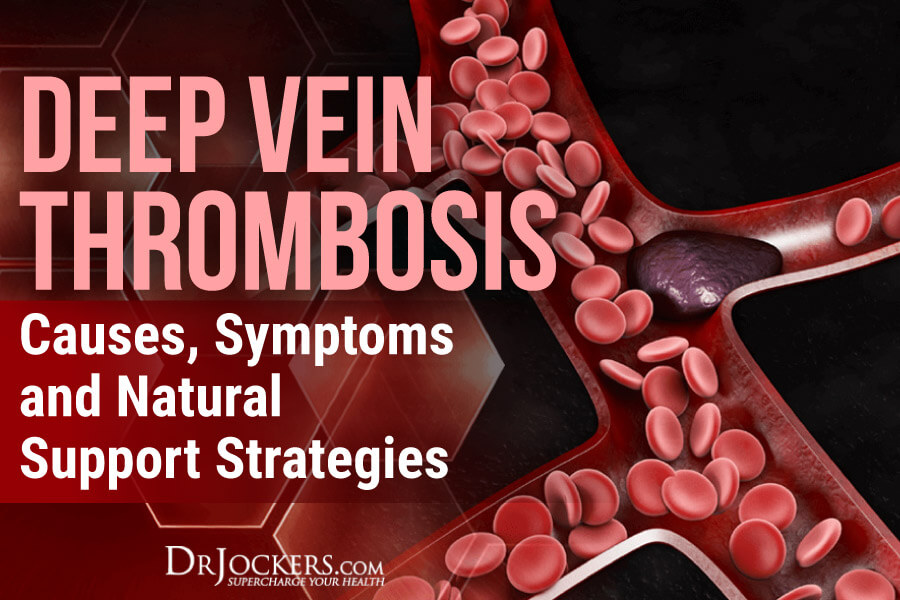 Deep Vein Thrombosis: Causes, Symptoms & Natural Support Strategies
Deep Vein Thrombosis: Causes, Symptoms & Natural Support Strategies
Deep vein thrombosis is a blood clot that forms in a deep vein inside your body. It usually affects your legs, but may develop elsewhere in your body. It may develop for a number of genetic, health, and other factors. Certain natural dietary and lifestyle strategies and supplementation may benefit deep vein thrombosis.
In this article, you will learn what deep vein thrombosis is. You will understand its main causes. I will share what lab tests I recommend for deep vein thrombosis. Finally, I will share my top natural support strategies for deep vein thrombosis.
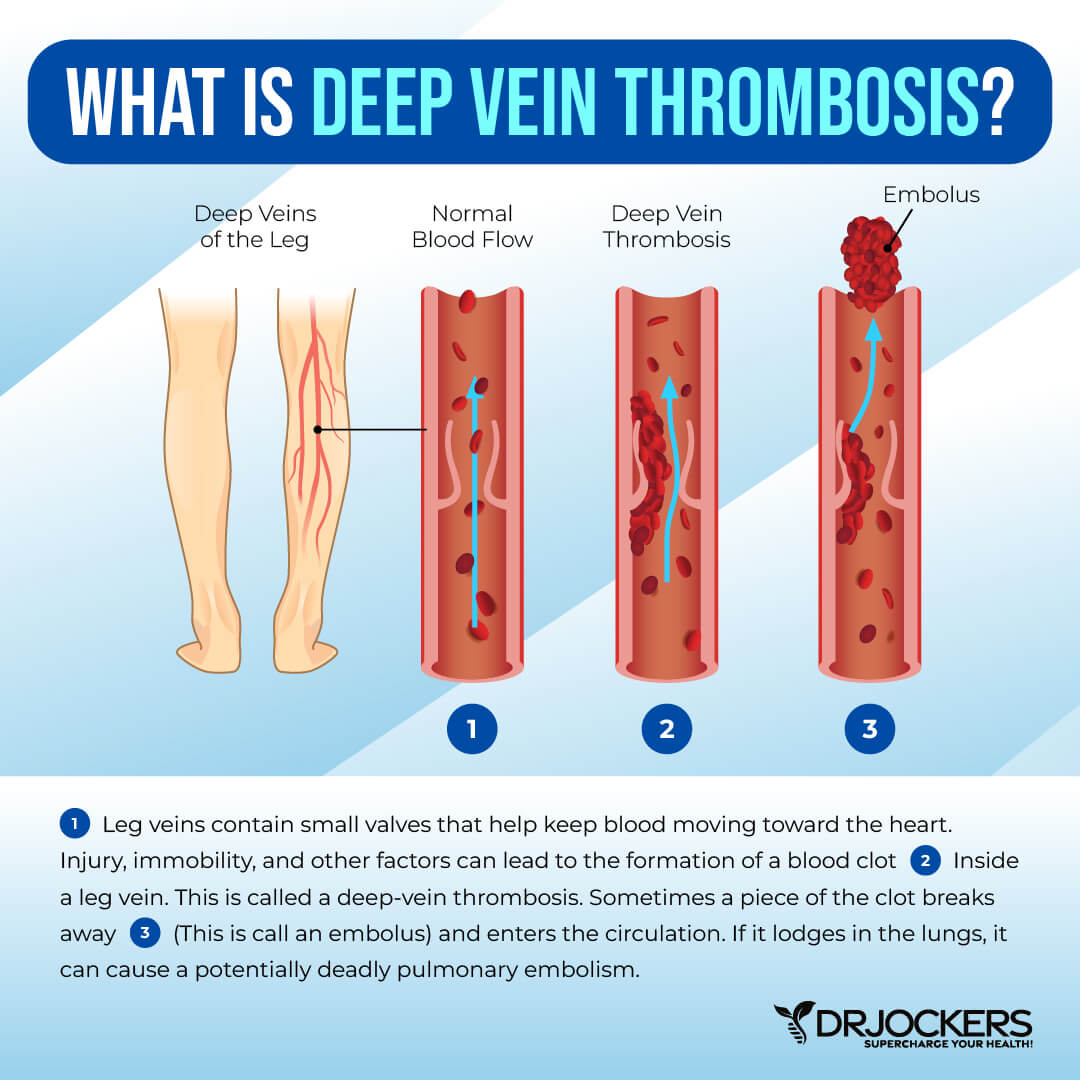
What Is Deep Vein Thrombosis
A blood clot is a clump of blood that changed from a liquid to a solid state in your vein. Deep vein thrombosis (DVT) happens when a blood clot forms in a vein located deep inside your body. It’s also called a thromboembolism, postphlebitic syndrome, or post-thrombotic syndrome. It is a serious health condition (1).
Deep vein thrombosis tends to develop in your lower leg or thighs though may occur elsewhere in your body. Its symptoms may depend on the location of the deep vein thrombosis (1).
Symptoms of deep vein thrombosis may include (1):
- Cramping and pain in the affected calf or leg
- Swelling in one leg, ankle, or foot
- Warm skin in the affected area
- Pale, reddish, or bluish skin in the affected area
- Unexplained foot or ankle pain
Upper extremity DVT may be characterized by (1):
- Shoulder pain
- Neck pain
- Arm or hand swelling
- Bluish skin
- Pain moving to the forearm
- Weakness in the hand
Pulmonary embolism is a blood clot in the lung that is a medical emergency requiring medical treatment. It develops when a blood clot moves from the leg or arm to the lung blocking the lung creating a serious, life-threatening issue requiring emergency treatment.
Symptoms of pulmonary embolism include (1):
- Difficulty breathing
- Chest pain that worsens with deep breaths or coughing
- Fast or irregular heartbeat
- Coughing up blood
- Low blood pressure
- Lightheadedness or fainting
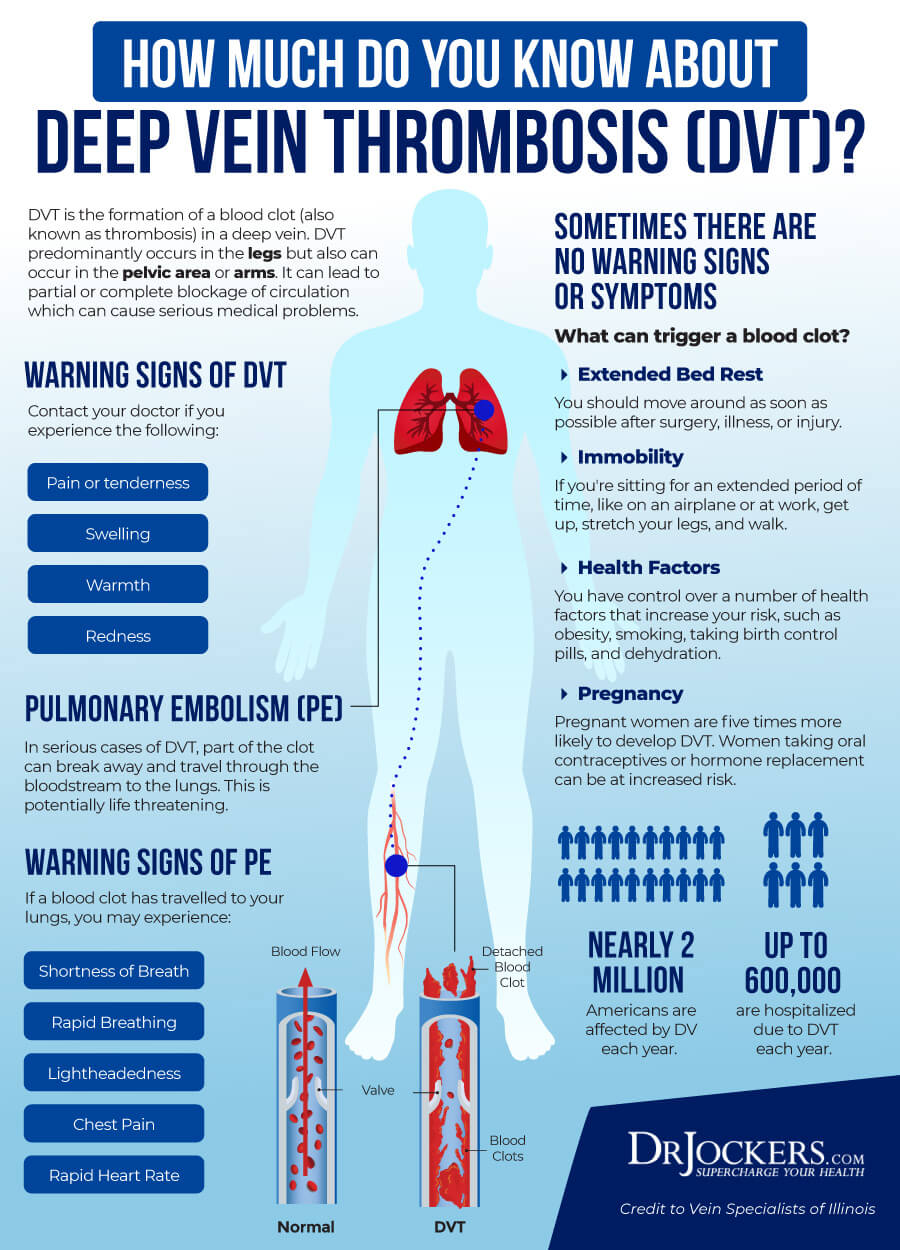
Major Causes of Deep Vein Thrombosis
Deep vein thrombosis may develop for a variety of reasons including genetics, certain health factors, and medications. Here are the top reasons for deep vein thrombosis:
Genetics
Blood clots and deep vein thrombosis may develop as a result of inherited causes and genetic tendencies. Most people with genetic tendencies to blood clots develop them before the age of 45. Some of these individuals may develop blood clots or deep vein thrombosis without any other known cause, but many other causes, including preventable causes, may be involved.
Some of the genetic causes of thrombosis include Factor V Leiden, Hyperhomocysteinemia, Elevated Clotting Factor Levels, Prothrombin 202010 Mutation, Antithrombin, Skin Necrosis, Protein C deficiency, Protein S Deficiency, Tissue Factor Pathway Inhibitor, Tissue Plasminogen Activator, Plasminogen Activator Inhibitor, Thrombomodulin, and Heparin Cofactor II (2).
Insulin Resistance
Insulin is a hormone that helps to control blood sugar (glucose) in your body. If you have insulin resistance, it means that your cells are unable to respond normally to insulin. Insulin resistance increases your risk of prediabetes and type 2 diabetes.
People with insulin resistance and diabetes, especially if they have other inflammatory conditions or had surgeries, are under increased risk of deep vein thrombosis. According to a 2018 population-based cohort study published in the Journal of Thrombosis and Haemostasis obesity and insulin resistance increases the risk of venous thromboembolism (3, 4).
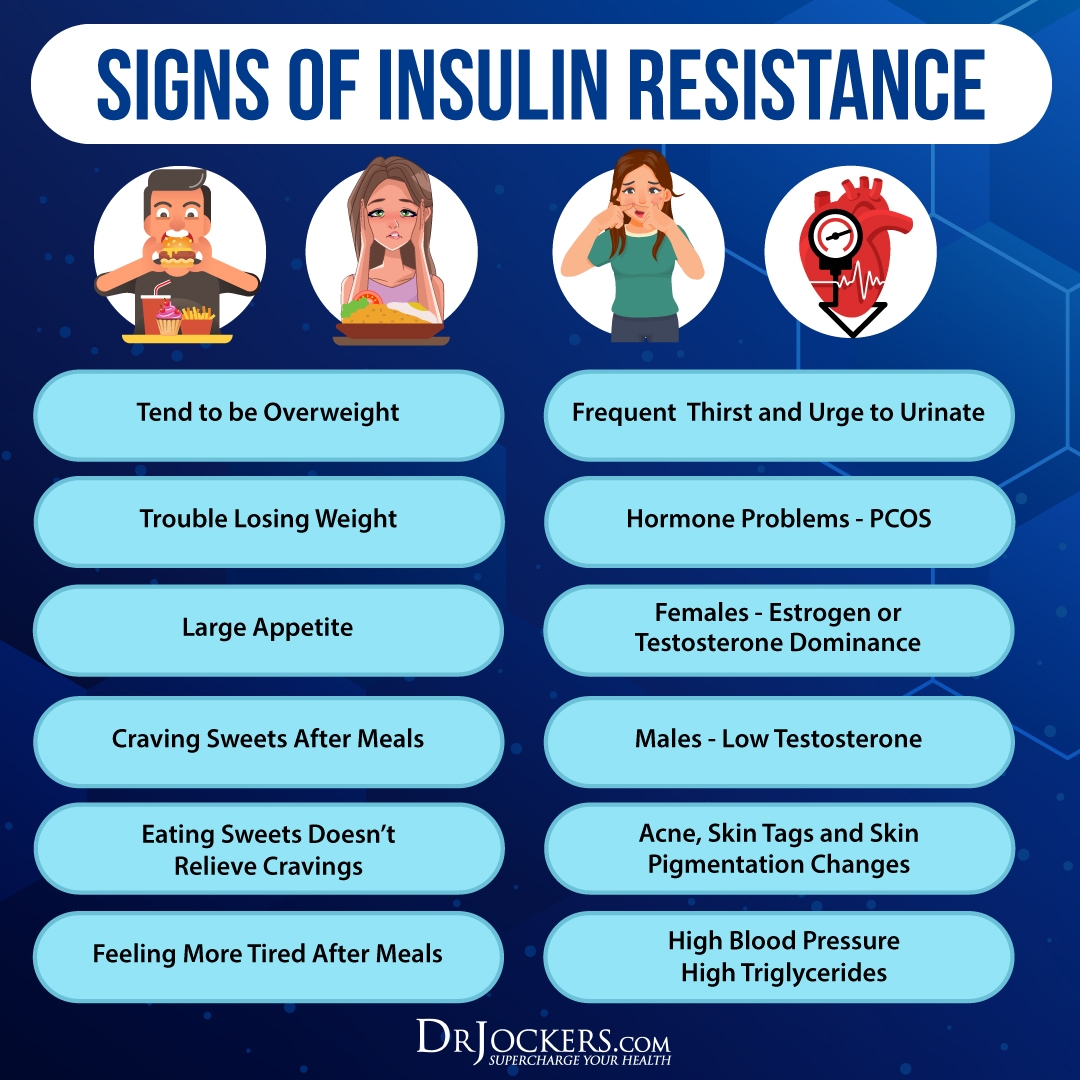
Chronic Inflammation
Chronic inflammation may develop due to chronic poor dietary and lifestyle choices, environmental toxin exposure, chronic stress, and other factors. Chronic inflammation is an underlying and contributing cause of most chronic and major diseases and health issues.
Chronic inflammation may damage a vein’s inner lining which may cause deep vein thrombosis, however, according to a 2012 study published in Current Pharmaceutical Design, thrombosis may develop without deep vessel damage due to inflammation (3, 5).
The paper also mentioned that certain inflammatory diseases including “Behçet disease (BD), antineutrophil cytoplasmic antibody-associated vasculitides, Takayasu arteritis, rheumatoid arthritis, systemic lupus erythematosus, antiphospholipid syndrome, familial Mediterranean fever, thromboangiitis obliterans (TAO) and inflammatory bowel diseases” may also have thrombotic tendencies and increase the risk of deep vein thrombosis (5).
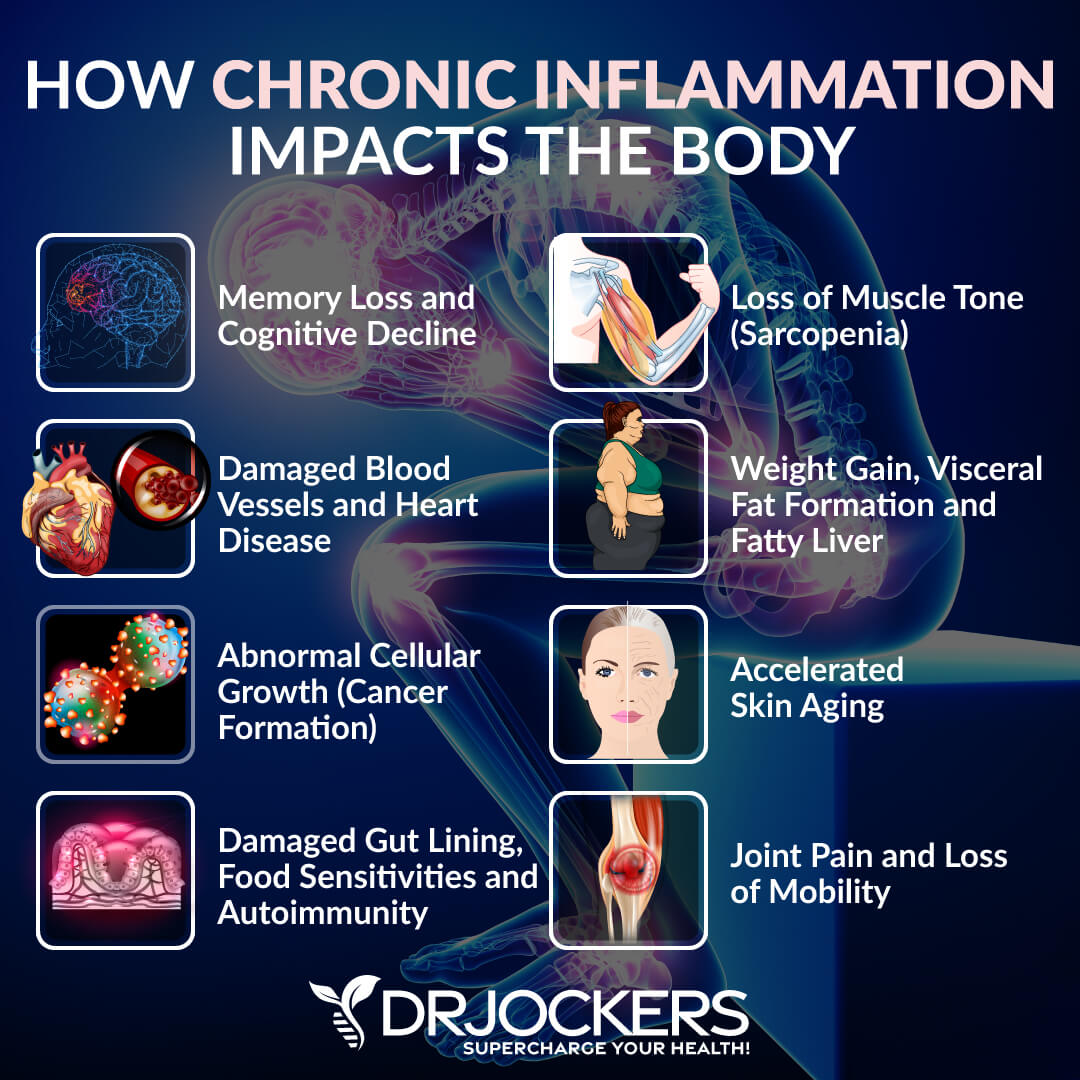
Hypertension & Cardiovascular Disease
Hypertension or high blood pressure increases your risk of cardiovascular disease, which is a serious health issue and the leading cause of death around the world. They may also increase your risk of deep vein thrombosis.
According to a 2012 scientific analysis published in Thrombosis and Haemostasis, cardiovascular disease is a risk factor for venous thromboembolism (6). Obesity, alcohol intake, hypertension, poor triglycerides, and poor cholesterol are also risk and potential contributing factors according to the analysis.
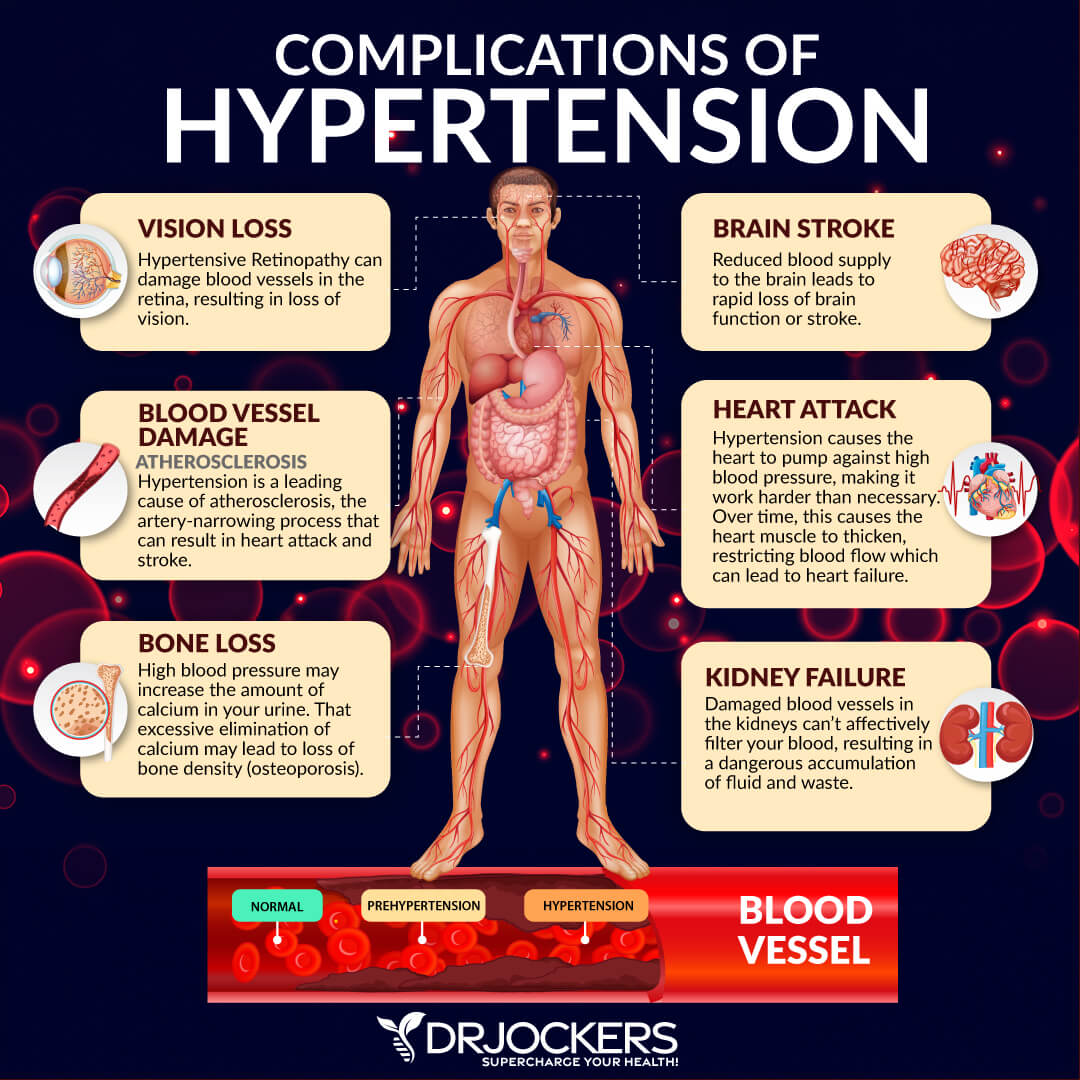
Pregnancy
While deep vein thrombosis is not common during pregnancy, women who are pregnant and women up to 6 weeks postpartum are more likely to develop deep vein thrombosis than non-pregnant women of the same age. According to the Centers for Disease Control and Prevention, blood clots are five times more likely in pregnant and postpartum women (7).
Swelling and discomfort in your legs are common during pregnancy, however, it is usually not because of deep vein thrombosis and is not a serious issue. Seeing your doctor to rule out or address deep vein thrombosis is important, however, if you experience any symptoms.
Injury or Surgery
Blood clots may develop in an injured area of your body to stop bleeding and help you heal. Major surgeries and sometimes injuries can significantly increase your risk of blood clots and deep vein thrombosis. During surgery, your doctors will take precautions to prevent blood clots and after surgery, they will advise keeping your arms and legs elevated or wear supportive stockings (8).
In some cases, blood thinners are prescribed. Sitting frequently, being inactive, or traveling for a long time may also increase your risk of deep vein thrombosis in your legs as it can slow blood flow from extended periods of inactivity and lack of motion.
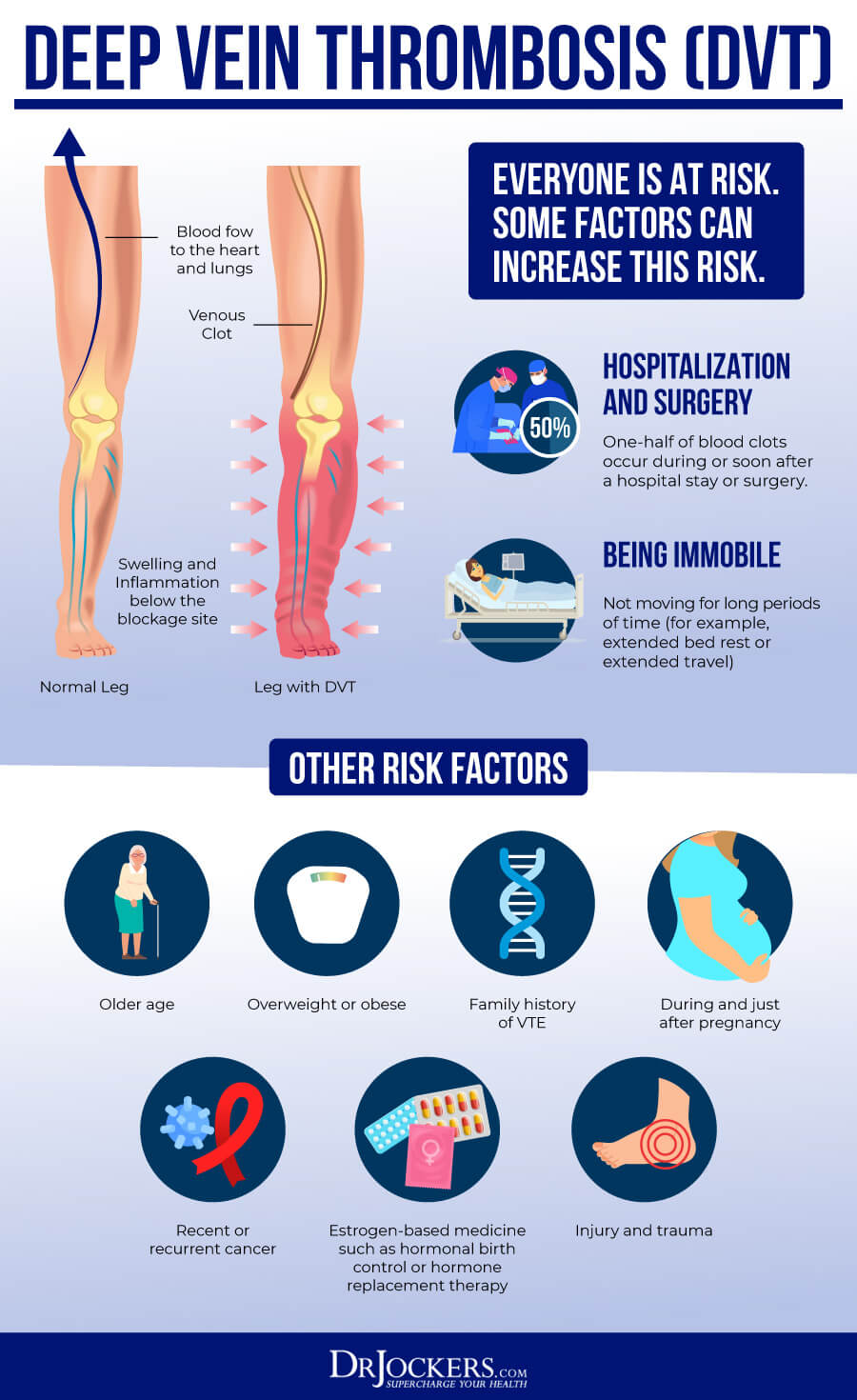
Birth Control Pills or Hormone Replacement
Birth control pills (oral hormonal contraceptives) or hormonal replacement therapy may increase your risk of deep vein thrombosis. According to a 2011 case study published in the Journal of Pharmacology and Pharmacotherapy, a 29-year-old woman developed deep vein thrombosis only after 3.5 months of taking oral combined progesterone pill (8).
The risk seems to be particular to estrogen-based pills. Progesterone-only birth control pills don’t seem to hold the same risk.
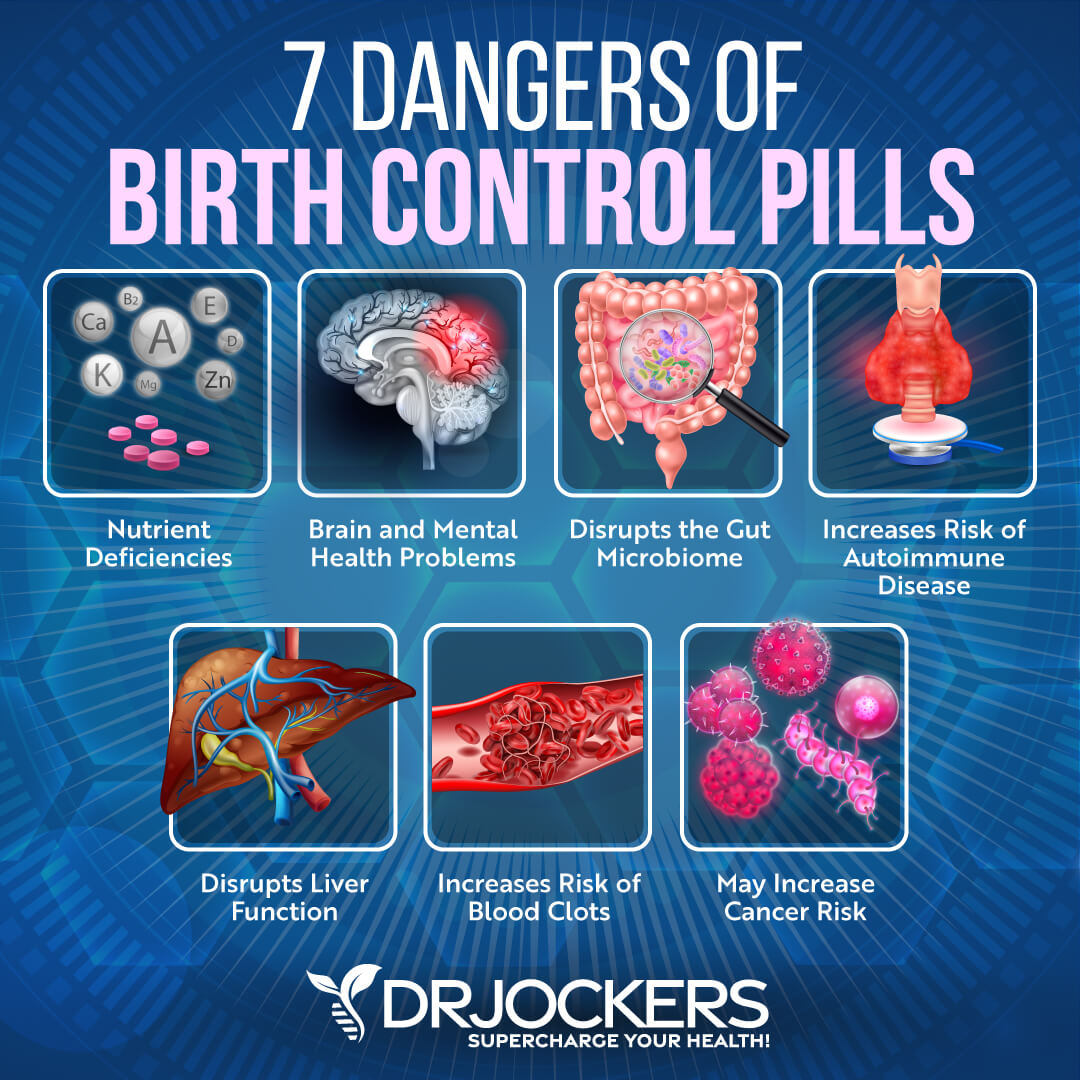
Key Labs to Review
To assess your risks, I recommend a few key lab analyses.
Fasting Insulin and HbA1C
Because insulin resistance and diabetes may increase your risk of deep vein thrombosis, I recommend that you get tested for fasting insulin and HbA1C (3, 4). Fasting insulin levels check your blood sugar levels after a period of fasting and are a good indicator of hypoglycemia, insulin resistance, and diabetes.
Hemoglobin A1c (HbA1c) test measures the amount of blood glucose attached to hemoglobin, which are red blood cells that carry oxygen from your lung across your body.
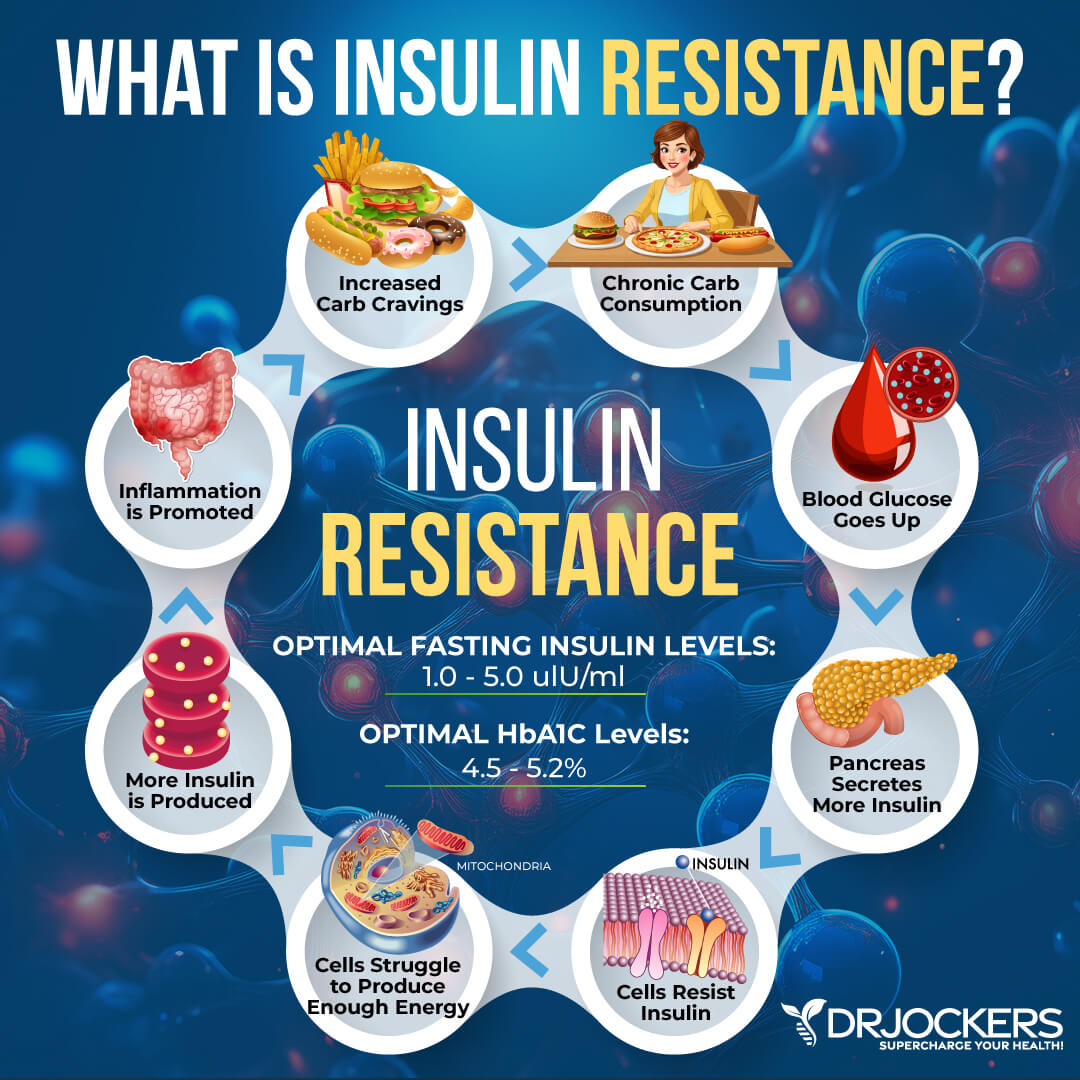
Hs-CRP
According to a 2002 study published in the British Journal of Heamatology, Hs-CRP looking for c-reactive protein is a good measure of diagnosis for deep vein thrombosis (9).
The high-sensitivity C-reactive protein (hs-CRP) test is a blood test that can detect lower levels of C-reactive protein (CRP), which is a measure of inflammation in the body and inflammation is one of the potential causes of deep vein thrombosis (3, 5).
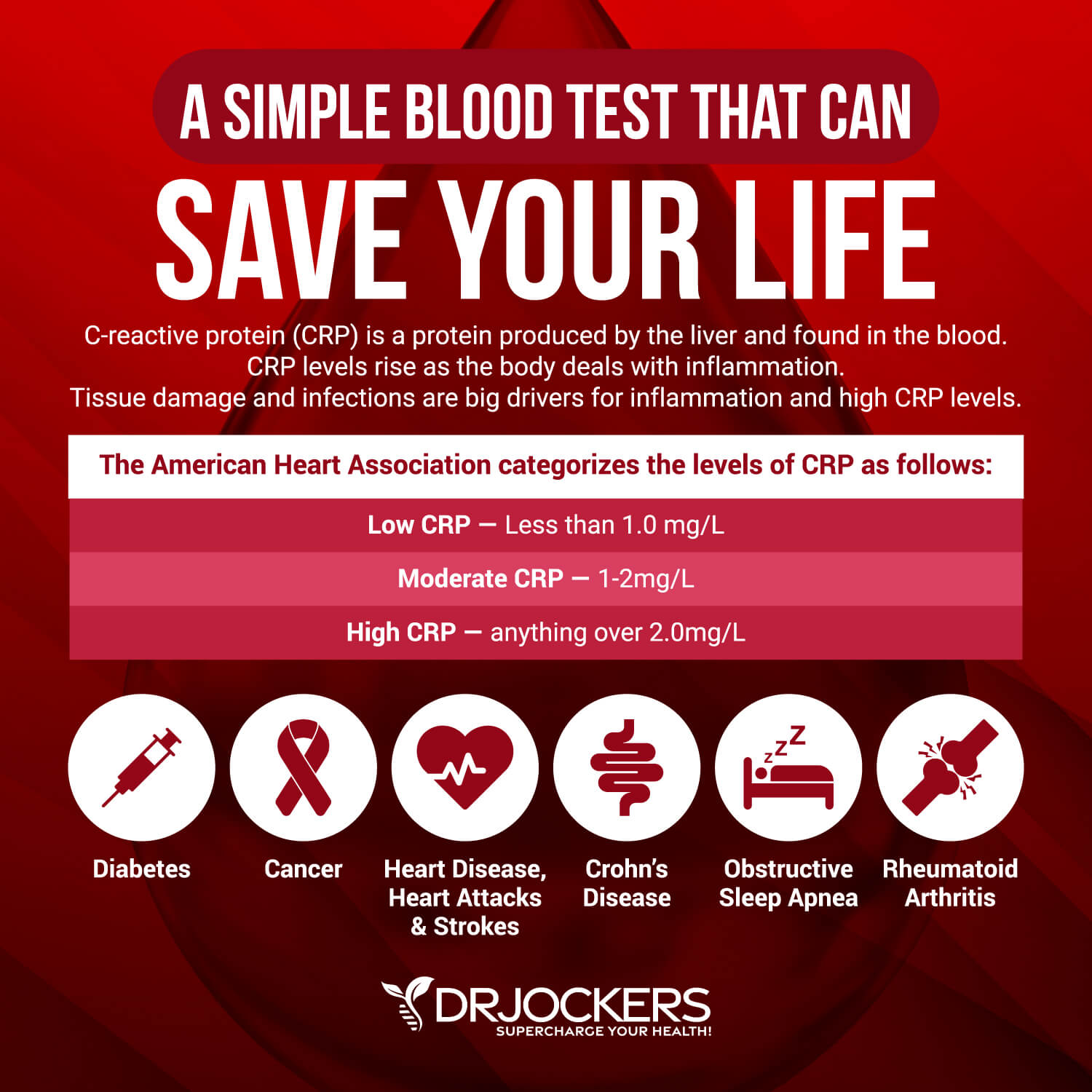
Homocysteine
Homocysteine is a common amino acid in your blood. High levels indicate an increased risk of heart disease which is a high-risk factor for deep vein thrombosis (6).
According to a 2007 randomized, placebo-controlled, double-blind trial published in Blood, checking for homocysteine levels is important as lowering homocysteine levels may lower the risk of deep vein thrombosis (10).
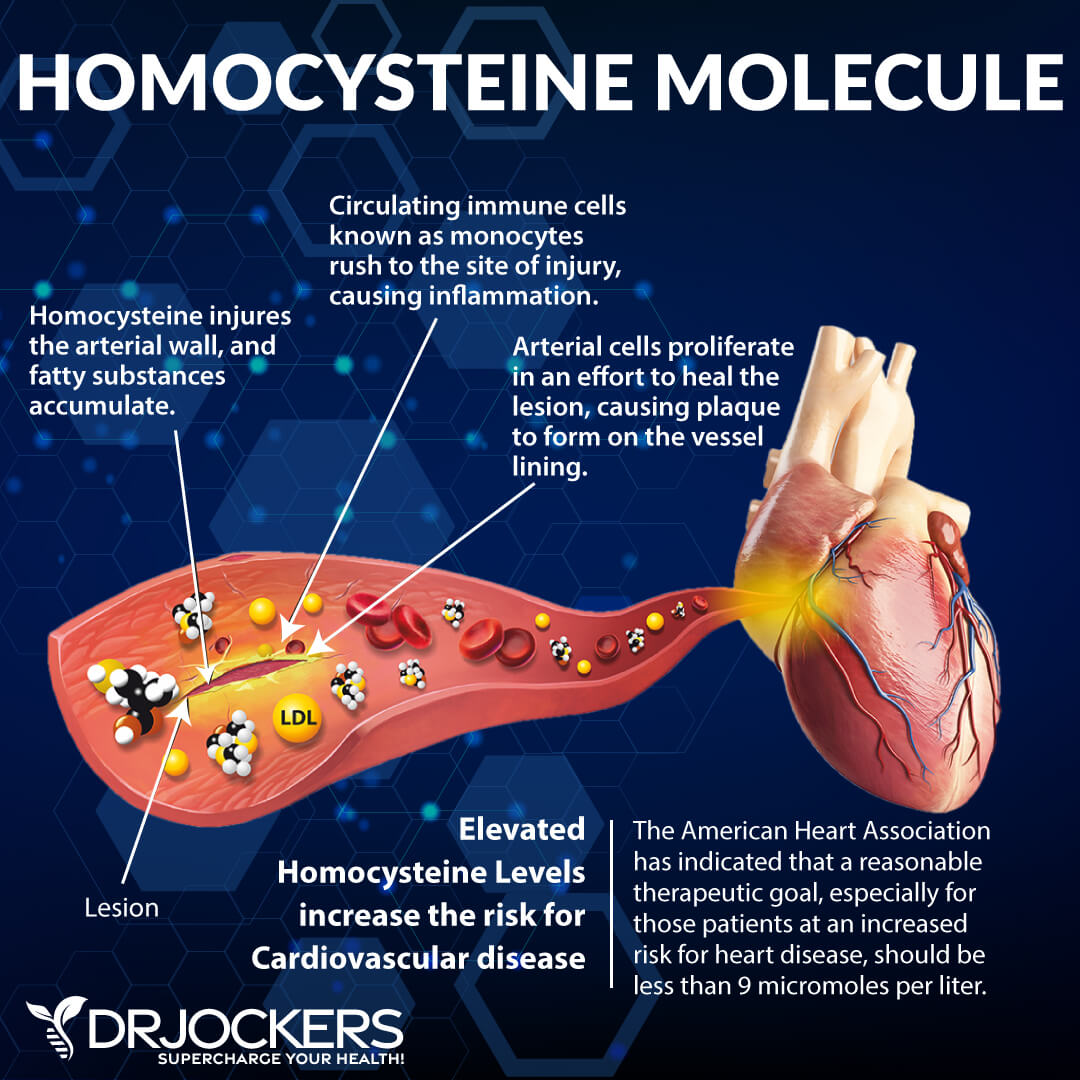
Red Blood Cell Width
According to a 2018 study published in Blood Advance, red cell distribution width (RDW) is associated with venous thromboembolism, which may be explained by iron deficiency (11). Checking your red blood cell width can be a good indicator of your risk of deep vein thrombosis.
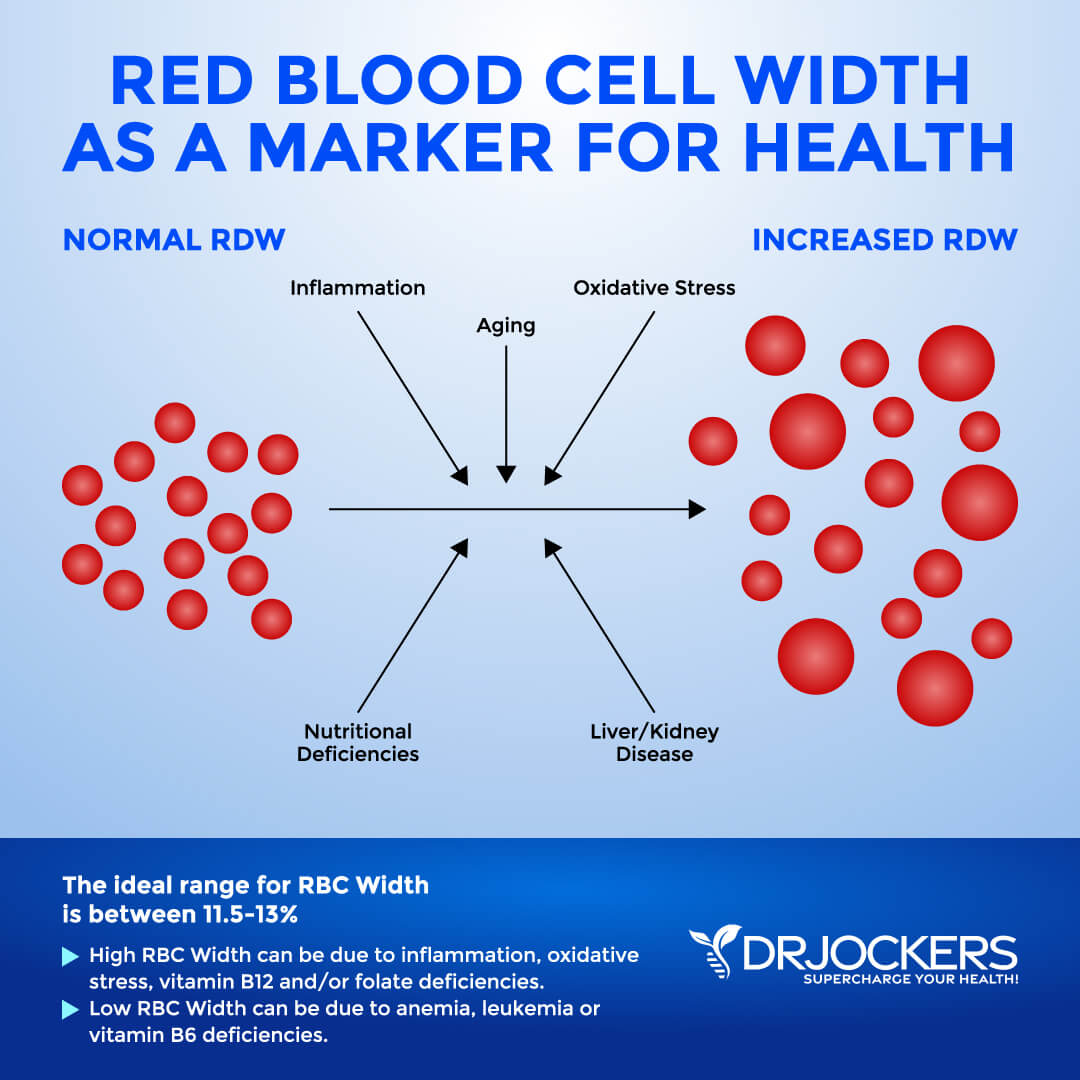
Fibrinogen
Fibrinogen is a soluble protein found in your blood plasma, from which fibrin is created by the action of the enzyme thrombin. According to a 2003 study published in the Journal of Thrombosis and Haemostasis, high fibrinogen levels above the 95th percentile are associated with increased risk of deep venous thrombosis in elderly individuals (12).
Testing your fibrinogen levels may be a good indication of your risk factors of deep vein thrombosis.
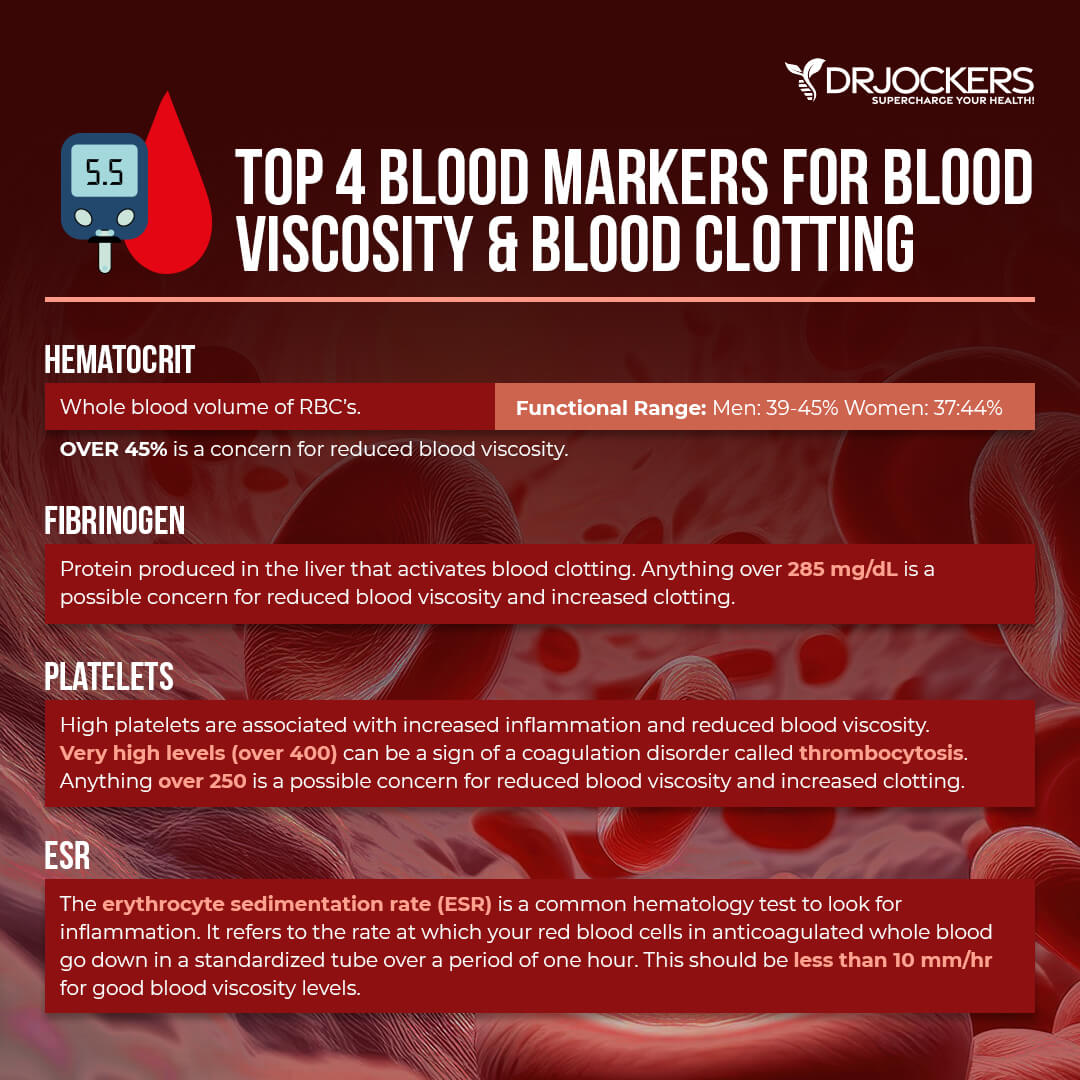
Platelet Count
Platelets are small, colorless, disk-shaped cell fragments that don’t have a nucleus and are found in your blood. They are involved with blood clotting therefore checking your platelet counts is important when it comes to deep vein thrombosis.
According to a 1991 study published in Chest, the platelet count is an important test when it comes to pulmonary embolism and venous thromboembolism and low platelet counts may suggest pulmonary embolism (13).
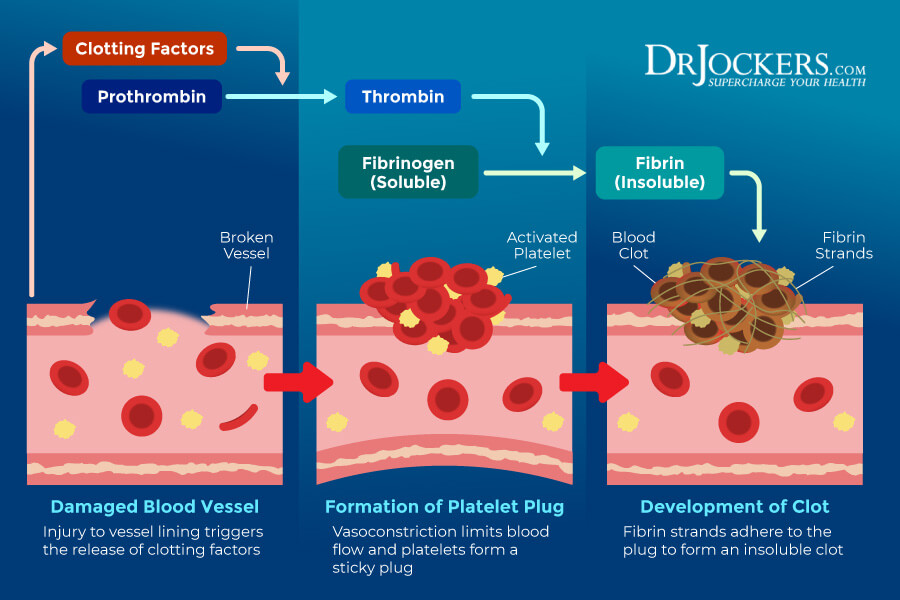
Natural Support Strategies
The following natural support strategies will help improve your cardiovascular and overall health. While these strategies are not FDA approved to prevent, mitigate, treat or cure deep vein thrombosis, they are known to support good cardiovascular health in general. Here is what I recommend:
Anti-Inflammatory Nutrition Plan
Since chronic inflammation is one of the risk factors for deep vein thrombosis, I recommend an anti-inflammatory nutrition plan. Remove all refined sugar, refined oil, conventional dairy and meat, artificial ingredients, processed foods, and junk food.
Eat a diet rich in anti-inflammatory foods, such as greens, vegetables, low-glycemic index fruits, herbs, spices, fermented food, healthy fats, and clean pasture-raised and grass-fed animal protein.
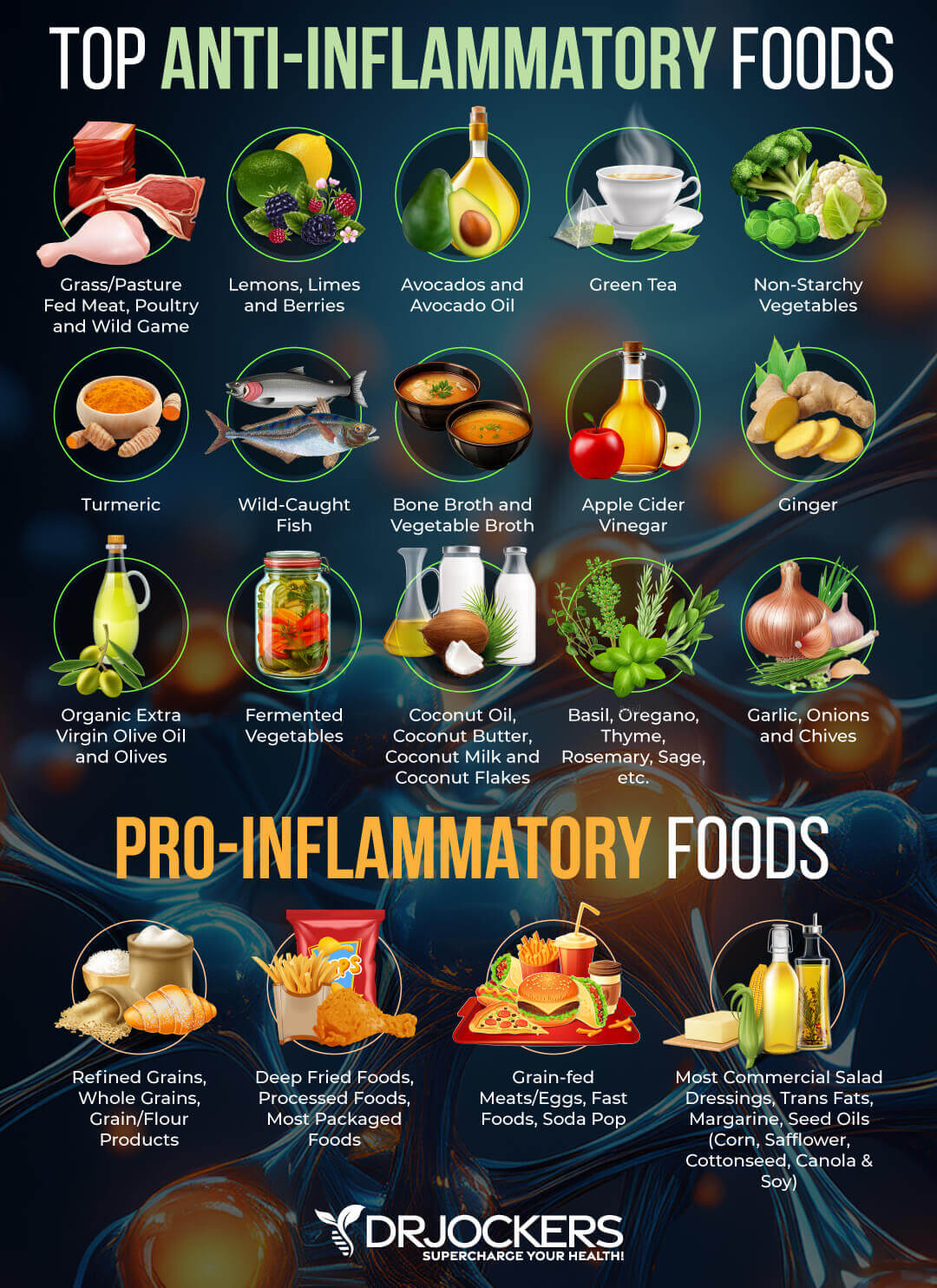
Intermittent Fasting
Intermittent fasting is a fantastic strategy to support your anti-inflammatory nutrition plan. Intermittent fasting helps to improve insulin resistance, a precursor of deep vein thrombosis and helps to support cellular renewal and autophagy (14, 15). Intermittent fasting cycles between a period of fasting and a period of eating within a day.
If you are new to this practice, I recommend starting with a 12-hour fast including your overnight sleep. Stop eating dinner after dinner at 6 pm and you will be ready for breakfast 12 hours later at 6 am the next day, fasting in-between. Gradually increase your fasting window. Most people feel the best with a 16-hours fasting and 8-hour eating window.
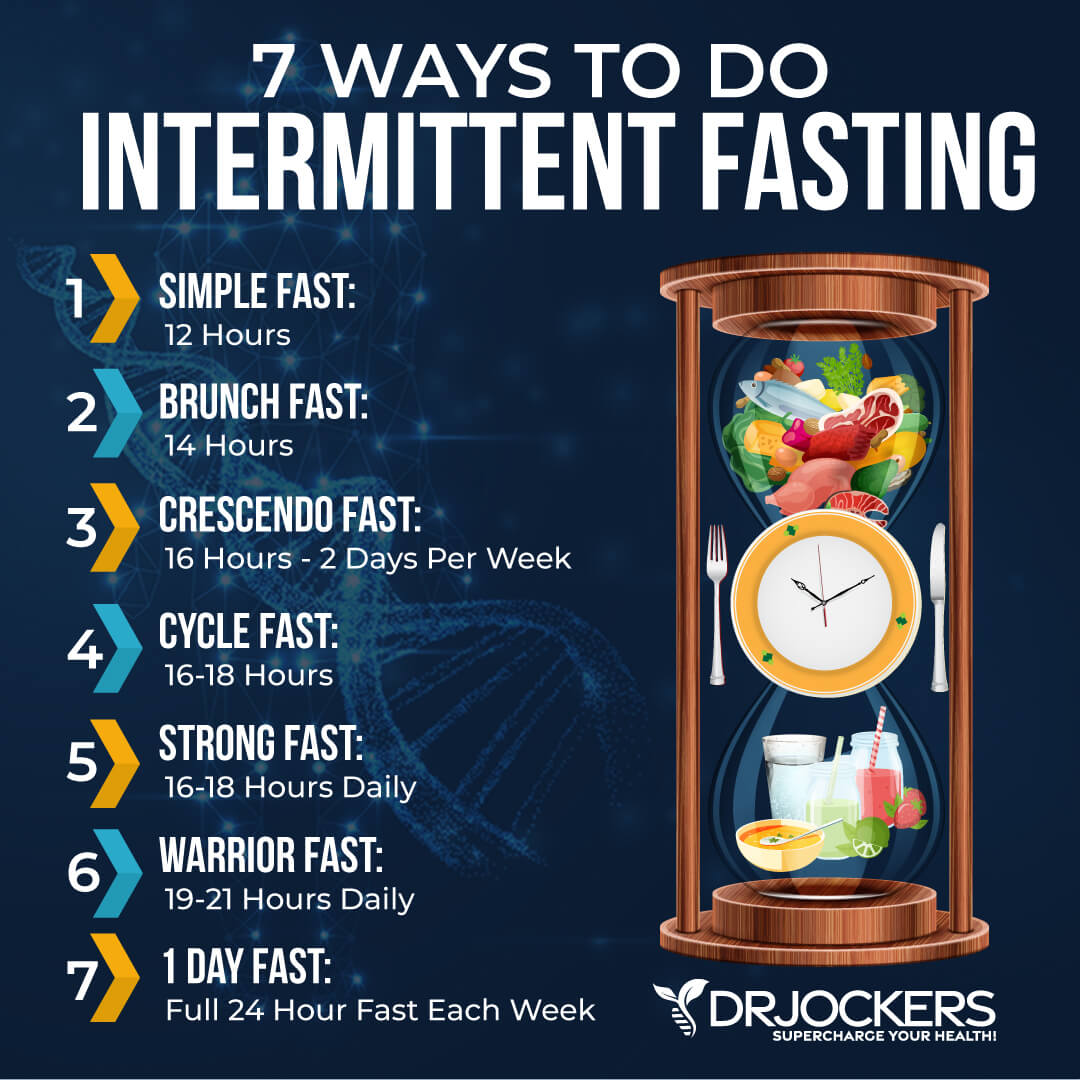
Good Hydration
Hydration is critical for your overall health and well-being and supports an anti-inflammatory nutrition plan by hydrating your cells. According to a 2015 scientific report of 450 consecutive cases published in the Aesthetic Surgery Journal, good hydration after surgery is particularly important for deep vein thrombosis prevention (16).
I recommend that you start your day with 16 to 32 oz of purified water and drink throughout the day, a glass about every hour. Additionally, add hydrating vegetables, bone broth, green juices, green smoothies, protein shakes, and herbal tea for extra hydration and nutrition.

Regular Movement & Exercise
Movement and exercise are incredibly important for your health. Since inactivity may increase your risk of deep vein thrombosis, it is an important part of prevention. Stay active throughout the day by taking a walk, jumping on the trampoline, taking a bike ride, stretching regularly, dancing, and playing with your kids and pets.
Exercise at least three to five times a week for at least 20 to 30 minutes mixing up cardiovascular workout, strength and resistance training, and low-impact workouts. After surgery or injury, follow your doctor’s recommendation regarding exercise. For individuals in the Houston area experiencing vein-related health concerns, specialized care is available locally. Explore vein treatment in Houston to address your specific needs and improve overall vein health.
Additionally, to movement, a 2015 scientific report published in the Aesthetic Surgery Journal, elevation after surgery is particularly important for deep vein thrombosis prevention (16).
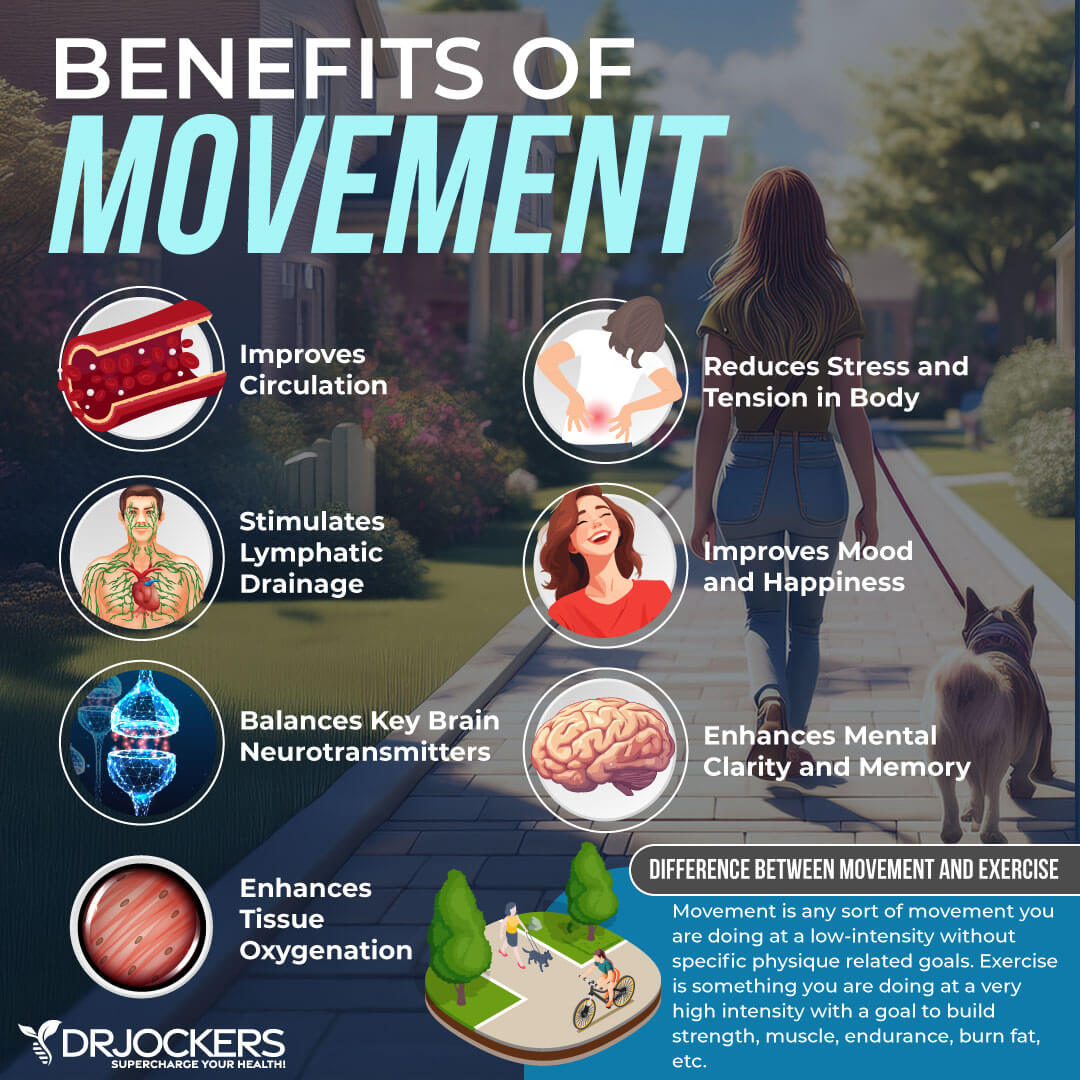
Dry Skin Brushing
Dry brushing your skin stimulates your lymphatic system. It also helps your circulation which is incredibly important for preventing blood clots and deep vein thrombosis. It also supports detoxification.
I recommend that you make dry brushing part of your daily routine. Get a brush with soft natural bristles. Dry brush your body daily before your shower or bath. Use circular motions throughout your body towards your heart. When brushing your stomach, use a circular motion to support digestive flow.

Consume Garlic Daily
Eating garlic daily should be part of your anti-inflammatory nutrition plan to support your health. According to a 1995 study published in Prostaglandins, Leukotrienes, and Essential Fatty Acids, eating just one clove of fresh garlic a day can be helpful in preventing thrombosis (17).
Participants consumed garlic for 16 weeks which resulted in an 80 percent reduction in serum thromboxane and a 20 percent reduction in cholesterol. You may add garlic to your salads, dressings, dips, and cooked meals.

Use Omega-3 Fatty Acids
Omega-3 fatty acids have powerful anti-inflammatory benefits and should be part of your supplementation regimen. A 2020 randomized, placebo-controlled, double-blind clinical trial published in International Orthopaedics, has found that omega-3 fatty acids may help to reduce deep vein thrombosis after surgery in elderly patients (18).
A 2017 study published in the Journal of Thrombosis and Haemostatis, supported these findings by finding that omega-3 fatty acids may reduce venous thromboembolism recurrence in the elderly (19). Foods rich in omega-3s include fish, seafood, walnuts, flax seeds, hemp seeds, and chia seeds. Additionally, I also recommend that you take a potent omega-3 fish oil supplement daily.
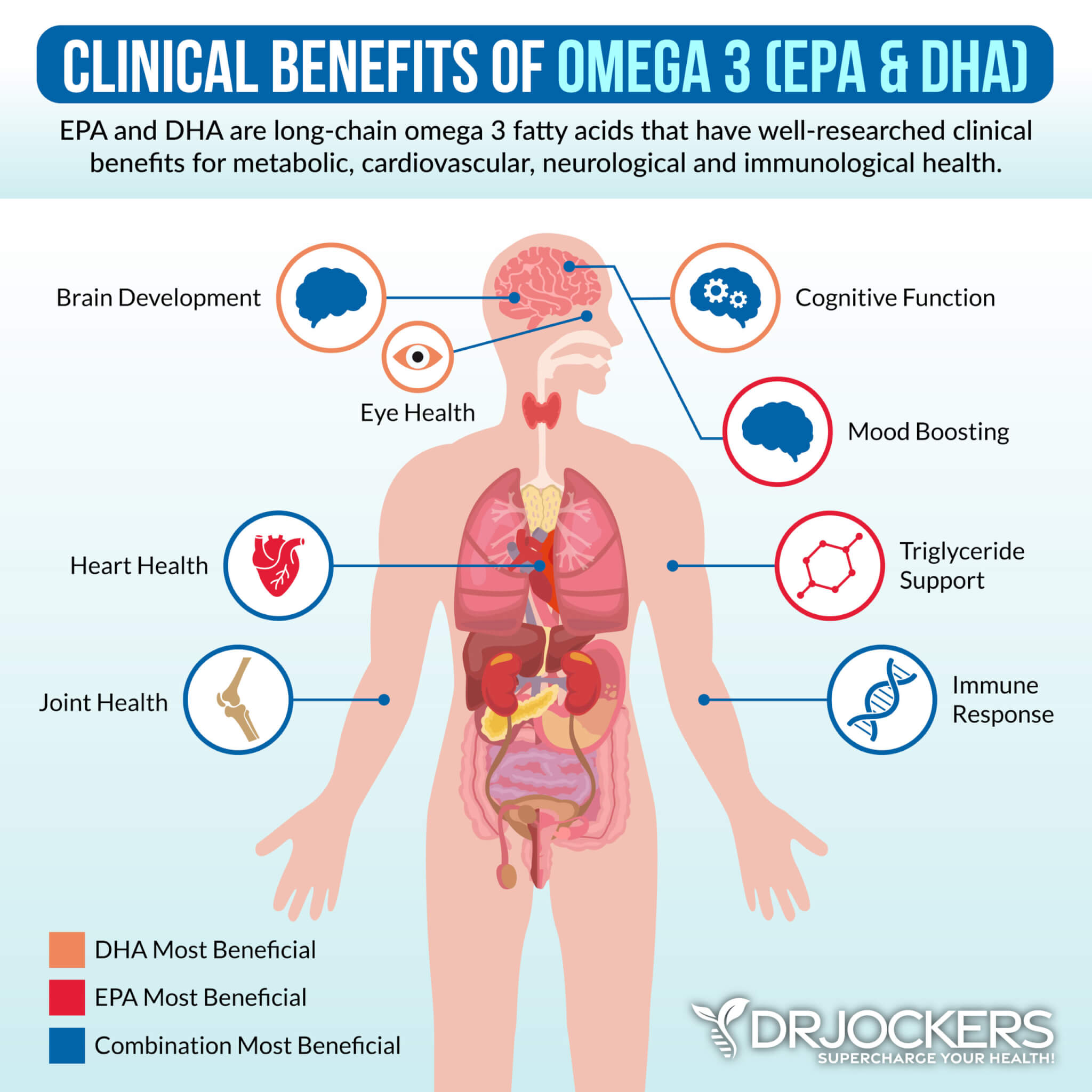
Increase B Vitamins
B vitamins are very important vitamins for your health. A 2006 scientific paper published in the Journal of Thrombosis and Haemostasis explained that B vitamin deficiencies may be a risk factor for venous thromboembolism and supplementation, especially with vitamin B6 may be beneficial (20).
According to a 2007 randomized, placebo-controlled, double-blind trial published in Blood, B vitamins may help to prevent deep vein thrombosis and pulmonary embolism by lowering homocysteine levels (21). Foods rich in B vitamins include meat, eggs, seeds, nuts, and dark leafy greens. Additionally, I recommend a high-quality B-complex supplement and B12 supplementation.
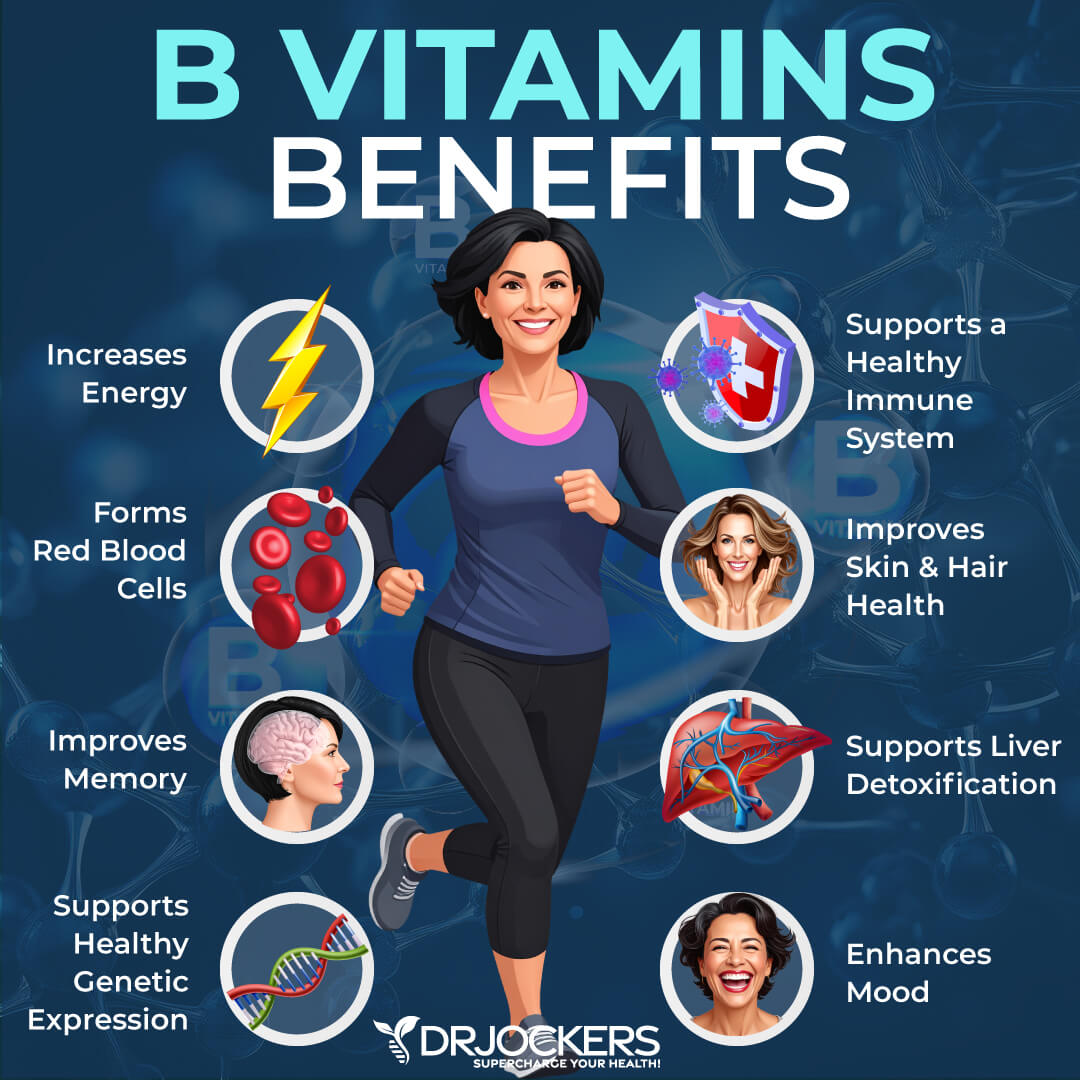
Use Magnesium
Magnesium is an important mineral for muscle health, stress, blood pressure, insulin resistance, inflammation, and other health factors. According to a 2018 analysis published in Kardiologia, magnesium benefits may contribute to deep vein thrombosis and supplementation may be beneficial (22).
Foods rich in magnesium include nuts, seed, and beans, however, meeting your daily requirements through food alone is difficult considering our depleted soils. I recommend daily magnesium supplementation for deep vein thrombosis and overall health.
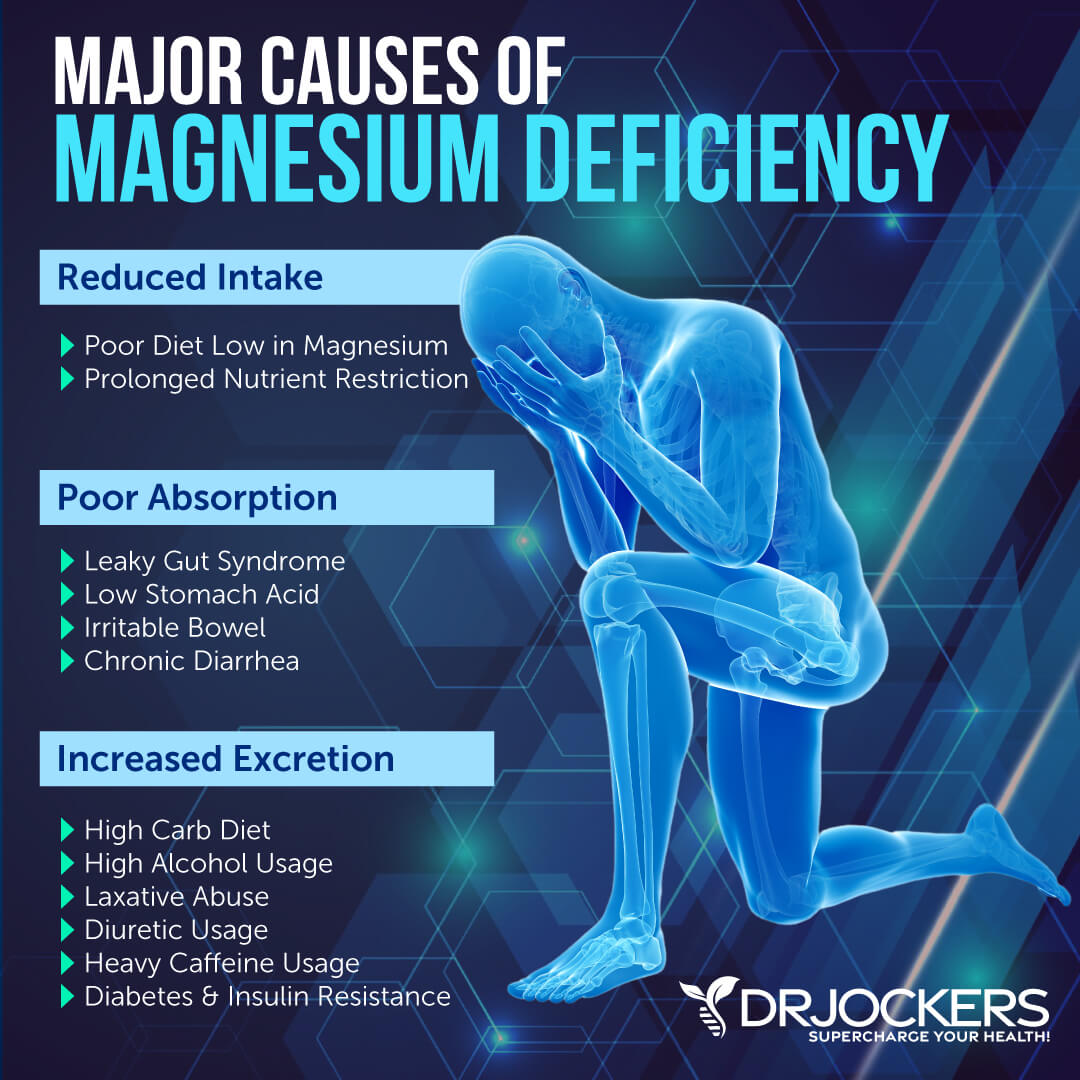
Anti-Inflammatory Herbs
Along with an anti-inflammatory nutrition plan, good hydration, healthy lifestyle choice, and supplementations with vitamins and minerals, I recommend using some anti-inflammatory herbs, specifically, curcumin, resveratrol, and ginger.
Curcumin is the active compound of the root turmeric. It is one of the most researched herbs and spices with anti-inflammatory and antioxidant benefits. According to a 2018 study published in the Journal of Cell Physiology, curcumin may benefit and help thrombosis (23). Because of this, people who are on blood thinners need to avoid curcumin.
Ginger is similar to turmeric with anti-inflammatory and antioxidant benefits. A 2015 study published in PLoS One, has found that ginger may benefit platelet count, therefore, may reduce the risk of deep vein thrombosis (24). You may add both curcumin and ginger to your salads, dishes, smoothies, sauces, dips, and soups, and use it as part of the supplement.
Resveratrol is high in antioxidants and has many health benefits. A 2018 study published in Medical Science Monitor has found that resveratrol may be beneficial for thrombus resolution in deep vein thrombosis in the legs (25). You can use these herbs in foods dishes and get concentrated dosages in supplemental form.
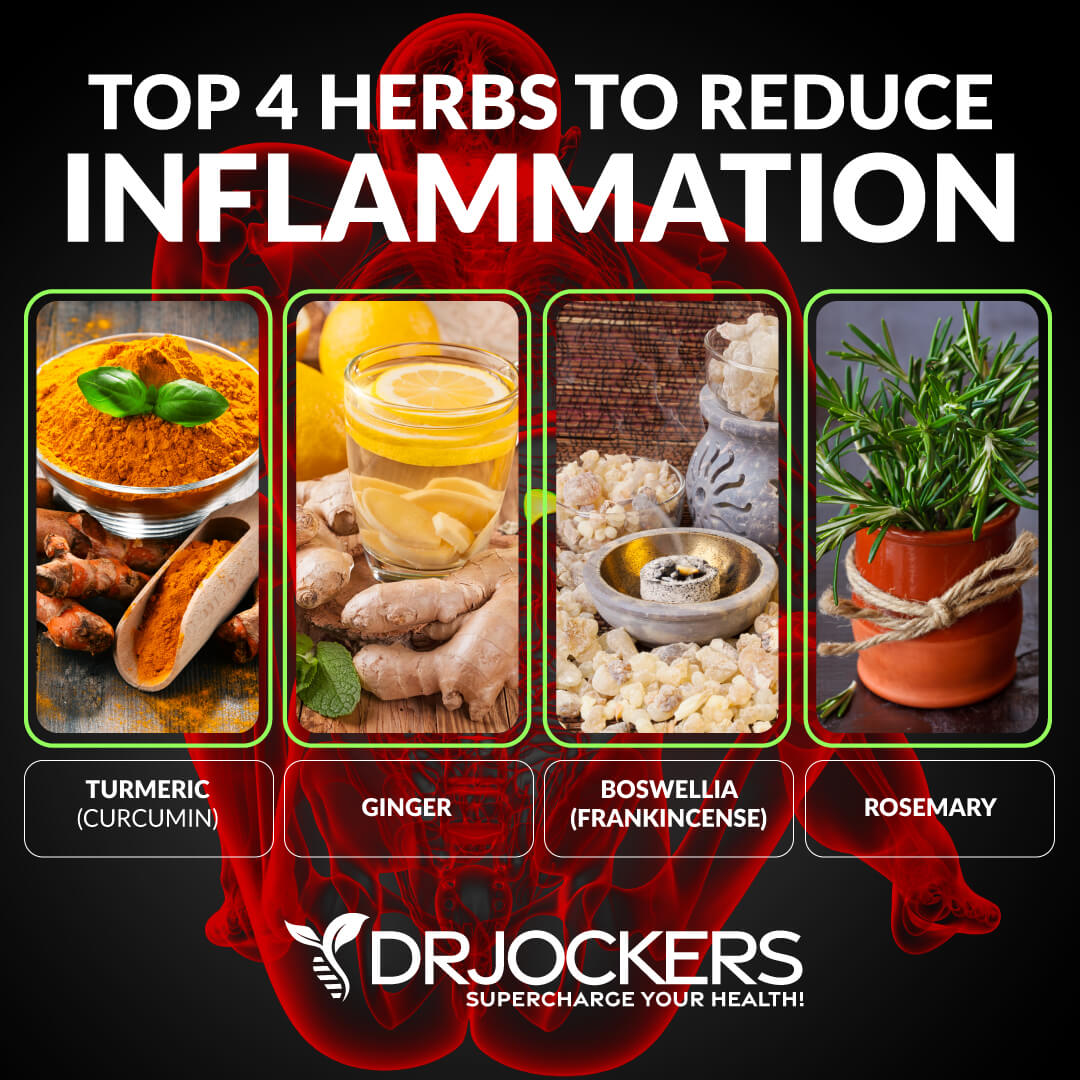
Final Thoughts
Deep vein thrombosis is a blood clot that forms in a deep vein inside your body. It usually affects your legs. It may develop for a number of genetic, health, and other factors. Follow my lab recommendations and natural support strategies for deep vein thrombosis to support your health and well-being.
If you want to work with a functional health coach, I recommend this article with tips on how to find a great coach. Our website offers long-distance functional health coaching programs with our world-class team of health coaches. For further support with your health and other goals, just reach out—our fantastic coaches are here to support your journey.
Inflammation Crushing Ebundle
The Inflammation Crushing Ebundle is designed to help you improve your brain, liver, immune system and discover the healing strategies, foods and recipes to burn fat, reduce inflammation and Thrive in Life!
As a doctor of natural medicine, I have spent the past 20 years studying the best healing strategies and worked with hundreds of coaching clients, helping them overcome chronic health conditions and optimize their overall health.
In our Inflammation Crushing Ebundle, I have put together my very best strategies to reduce inflammation and optimize your healing potential. Take a look at what you will get inside these valuable guides below!
Sources in This Article Include:
1. Venous Thromboembolism (Blood Clots). Centers for Disease Control and Prevention. Link Here
2. Inherited causes of blood clots. Indiana Hemophilia & Thrombosis Center. Link Here
3. Deep vein thrombosis. The Global Diabetes Community. Link Here
4. Schoverburg SV. Insulin resistance and risk of venous thromboembolism: results of a population-based cohort study. Journal of Thrombosis and Haemostasis. Link Here
5. Aksu K, Donmez A, Keser G. Inflammation-induced thrombosis: mechanisms, disease associations and management. Curr Pharm Des. 2012;18(11):1478-93. doi: 10.2174/138161212799504731. PMID: 22364132
6. Wattanakit K, Lutsey PL, Bell EJ, Gornik H, Cushman M, Heckbert SR, Rosamond WD, Folsom AR. Association between cardiovascular disease risk factors and occurrence of venous thromboembolism. A time-dependent analysis. Thromb Haemost. 2012 Sep;108(3):508-15. doi: 10.1160/TH11-10-0726. Epub 2012 Jul 10. PMID: 22782466
7. Pregnant? Don’t overlook blood clots. CDC. Link Here
8. Preventing blood clots after orthopedic surgery. American Academy of Orthopedic Surgeons. Link Here
9. Piparva KG, Buch JG. Deep vein thrombosis in a woman taking oral combined contraceptive pills. J Pharmacol Pharmacother. 2011 Jul;2(3):185-6. doi: 10.4103/0976-500X.83284. PMID: 21897713
9. Bucek RA, Reiter M, Quehenberger P, Minar E. C-reactive protein in the diagnosis of deep vein thrombosis. Br J Haematol. 2002 Nov;119(2):385-9. doi: 10.1046/j.1365-2141.2002.03886.x. PMID: 12406073
10. Martin den Heijer, Huub P. J. Willems, Henk J. Blom, Wim B. J. Gerrits, Marco Cattaneo, Sabine Eichinger, Frits R. Rosendaal, Gerard M. J. Bos; Homocysteine lowering by B vitamins and the secondary prevention of deep vein thrombosis and pulmonary embolism: a randomized, placebo-controlled, double-blind trial. Blood 2007; 109 (1): 139–144. Link Here
11. Ellingsen TS, Lappegård J, Ueland T, Aukrust P, Brækkan SK, Hansen JB. Plasma hepcidin is associated with future risk of venous thromboembolism. Blood Adv. 2018 Jun 12;2(11):1191-1197. doi: 10.1182/bloodadvances.2018018465. PMID: 29844204
12. Van Hylckama Vlieg, A. and Rosendaal, F.R. (2003), High levels of fibrinogen are associated with the risk of deep venous thrombosis mainly in the elderly. Journal of Thrombosis and Haemostasis, 1: 2677-2678. Link Here
13. Monreal M, Lafoz E, Casals A, Ruíz J, Arias A. Platelet count and venous thromboembolism. A useful test for suspected pulmonary embolism. Chest. 1991 Dec;100(6):1493-6. doi: 10.1378/chest.100.6.1493. PMID: 1959389
14. Patterson, R. E., Laughlin, G. A., Sears, D. D., LaCroix, A. Z., Marinac, C., Gallo, L. C., … Villaseñor, A. (2015). INTERMITTENT FASTING AND HUMAN METABOLIC HEALTH. Journal of the Academy of Nutrition and Dietetics, 115(8), 1203–1212. https://doi.org/10.1016/j.jand.2015.02.018
15. Alirezaei, M., Kemball, C. C., Flynn, C. T., Wood, M. R., Whitton, J. L., & Kiosses, W. B. (2010). Short-term fasting induces profound neuronal autophagy. Autophagy, 6(6), 702–710. PMID: 20534972
16. John E. Keiter, MD, FACS, Dana Johns, MD, W. Bradford Rockwell, MD, Importance of Postoperative Hydration and Lower Extremity Elevation in Preventing Deep Venous Thrombosis in Full Abdominoplasty: A Report on 450 Consecutive Cases Over a 37-Year Period, Aesthetic Surgery Journal, Volume 35, Issue 7, September/October 2015, Pages 839–841. Link Here
17. Ali M, Thomson M. Consumption of a garlic clove a day could be beneficial in preventing thrombosis. Prostaglandins Leukot Essent Fatty Acids. 1995 Sep;53(3):211-2. doi: 10.1016/0952-3278(95)90118-3. PMID: 7480084
18. Zheng, X., Jia, R., Li, Y. et al. Omega-3 fatty acids reduce post-operative risk of deep vein thrombosis and pulmonary embolism after surgery for elderly patients with proximal femoral fractures: a randomized placebo-controlled, double-blind clinical trial. International Orthopaedics (SICOT) 44, 2089–2093 (2020). Link Here
19. Reiner MF, Stivala S, Limacher A, Bonetti NR, Méan M, Egloff M, Rodondi N, Aujesky D, von Schacky C, Lüscher TF, Camici GG, Beer JH. Omega-3 fatty acids predict recurrent venous thromboembolism or total mortality in elderly patients with acute venous thromboembolism. J Thromb Haemost. 2017 Jan;15(1):47-56. doi: 10.1111/jth.13553. PMID: 27790827
20. Eichinger S. Are B vitamins a risk factor for venous thromboembolism? Yes. J Thromb Haemost 2006; 4: 307–8. Link Here
21. den Heijer M, Willems HP, Blom HJ, Gerrits WB, Cattaneo M, Eichinger S, Rosendaal FR, Bos GM. Homocysteine lowering by B vitamins and the secondary prevention of deep vein thrombosis and pulmonary embolism: A randomized, placebo-controlled, double-blind trial. Blood. 2007 Jan 1;109(1):139-44. doi: 10.1182/blood-2006-04-014654. Epub 2006 Sep 7. PMID: 16960155
22. Gromova OA, Torshin IY, Kobalava ZD, Sorokina MA, Villevalde SV, Galochkin SA, Gogoleva IV, Gracheva ON, Grishina TR, Gromov AN, Egorova EY, Kalacheva AG, Malyavskaya SI, Meraï IA, Semenov VA. Deficit of Magnesium and States of Hypercoagulation: Intellectual Analysis of Data Obtained From a Sample of Patients Aged 18-50 years From Medical and Preventive Facilities in Russia. Kardiologiia. 2018 Nov 18;58(4):22-35. doi: 10.18087/cardio.2018.4.10106. PMID: 30704380
23. Keihanian F, Saeidinia A, Bagheri RK, Johnston TP, Sahebkar A. Curcumin, hemostasis, thrombosis, and coagulation. J Cell Physiol. 2018 Jun;233(6):4497-4511. doi: 10.1002/jcp.26249. Epub 2017 Dec 26. PMID: 29052850
24. Marx W, McKavanagh D, McCarthy AL, Bird R, Ried K, Chan A, Isenring L. The Effect of Ginger (Zingiber officinale) on Platelet Aggregation: A Systematic Literature Review. PLoS One. 2015 Oct 21;10(10):e0141119. doi: 10.1371/journal.pone.0141119. Erratum in: PLoS One. 2015;10(11):e0143675. PMID: 26488162
25. Zhang Y, Du X, Li W, Sang H, Qian A, Sun L, Li X, Li C. Resveratrol Improves Endothelial Progenitor Cell Function through miR-138 by Targeting Focal Adhesion Kinase (FAK) and Promotes Thrombus Resolution In Vivo. Med Sci Monit. 2018 Feb 15;24:951-960. doi: 10.12659/msm.906116. PMID: 29447140




Hi, Dr. Jockers,
This was a very useful article. I get my B vitamins from nutritional yeast, which is very rich in B vitamins except B12, so, is usually fortified with B12 – although one can get it without. The brand I use is Kal. I use two tablespoons in a cup of very warm water, add pepper and garlic power and drink as a very delicious broth. I drink this daily. One can also sprinkle it over foods. It has kind of a cheesy taste and has been used by vegans as a cheese substitute. I will have to try a small clove of fresh garlic instead of garlic powder, however, after reading this article. Thanks!
Thanks for sharing Cheryl!
This is a great article and thanks for taking the time to write and publish it. You have mis-quoted the study by Wattanakit and Lutsey et al. 2012 though. You have indicated that hypertension is a risk factor for VTE while they explicitly state in the summary that hypertension is NOT independently associated with VTE risk.